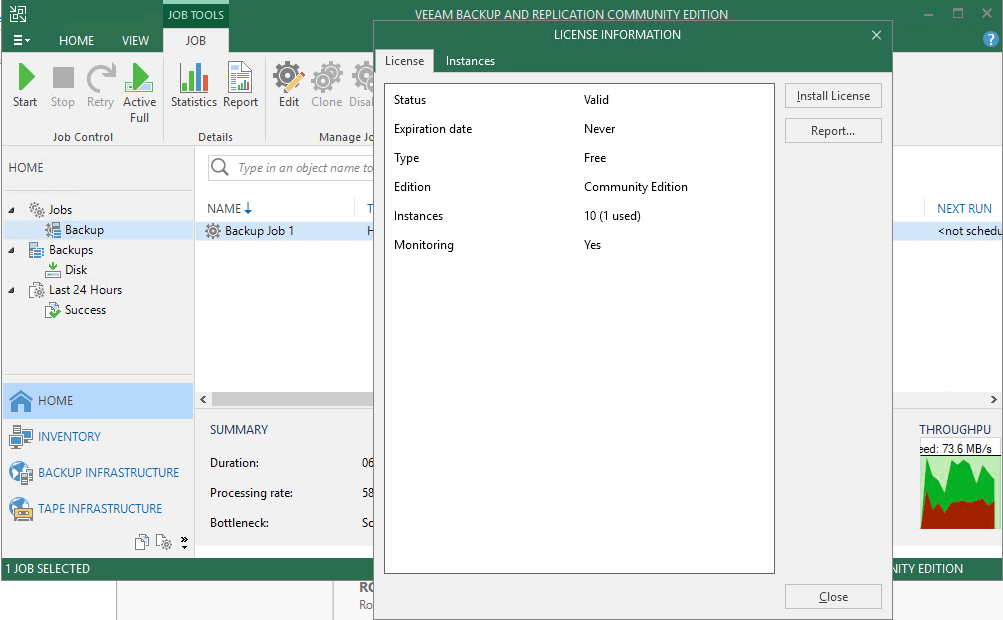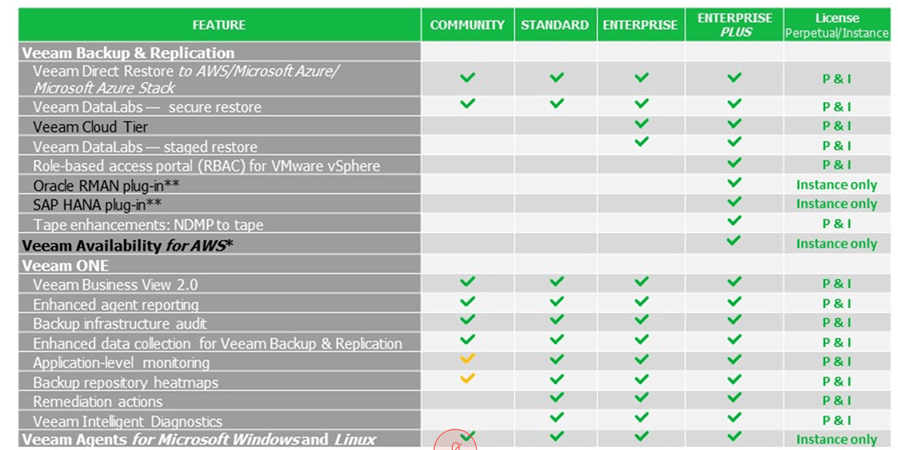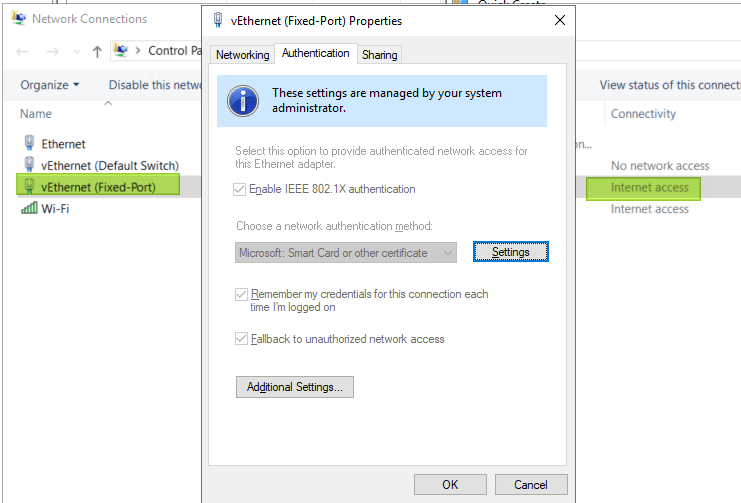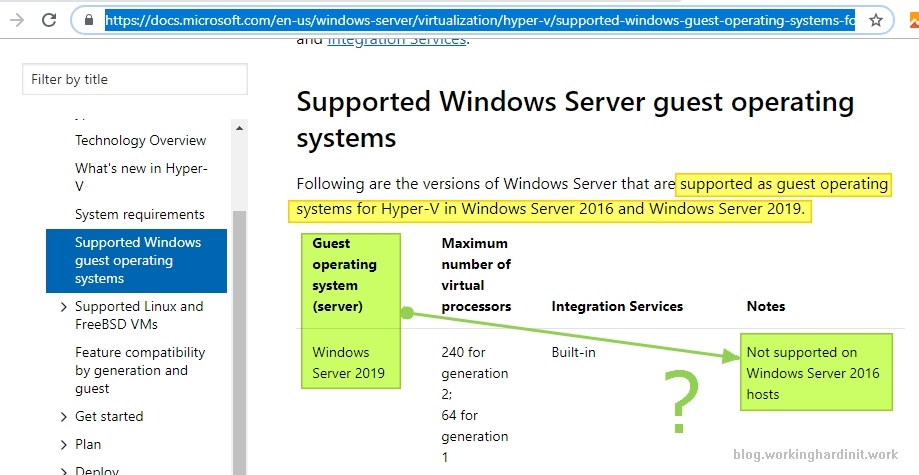Introduction
Windows Server 2019 Hyper-V On DELL UEFI generation 12 Servers boot loop issues are fixed. As many of you experienced Windows Server 2019 installed on UEFI mode BIOS setting on DELL generation 12 hardware (R620, R720) tends to send the server into a boot loop. This was a surprise as it worked well during the previews. The same was reported and experienced on DELL generation 11 hardware. You can read about it in various places like Windows Server 2019 Datacenter boot loops after enabling Hyper-V, Windows server 2019 fails after hyper-v role install and
Windows Server 2019 Boot-loop Problems…
In the end, it was an issue that Microsoft would have to fix and they did in KB4476976. Before that you would have to revert to BIOS to get Hyper-V to work on a generation 12 DELL Server. Today I am happy to report that the Windows Server 2019 Hyper-V On DELL UEFI Generation 12 servers boot loop issues have been fixed
Install using the original MSFT ISO
Use SW_DVD9_Win_Server_STD_CORE_2019_64Bit_English_DC_STD_MLF_X21-96581.ISO, not the earlier one that was retracted.
Clean Install
Install Windows Server 2019 and update it fully, including the latest CU, KB4476976 at the time of writing. Only then add the Hyper-V
In place upgrade
In-place upgrades work by removing the Hyper-V role, doing an in-place upgrade and then updating it fully up to KB4476976. Afterwards, add the Hyper-V role again. If the nodes are in a cluster you’ll need to evict it from the cluster and add it again before going through the above process for an in-place upgrade.
Install using a custom built ISO
I refer you the blog of my fellow MVP Philip Elder to learn how to do that. In this case, t
Conclusion
I’m happy I can finally use my lab hardware again and even upgrade some production servers. Do note that DELL generation 12 servers do not officially support Windows Server 2019. I will try this out on a generation 11 server when I get the chance.




